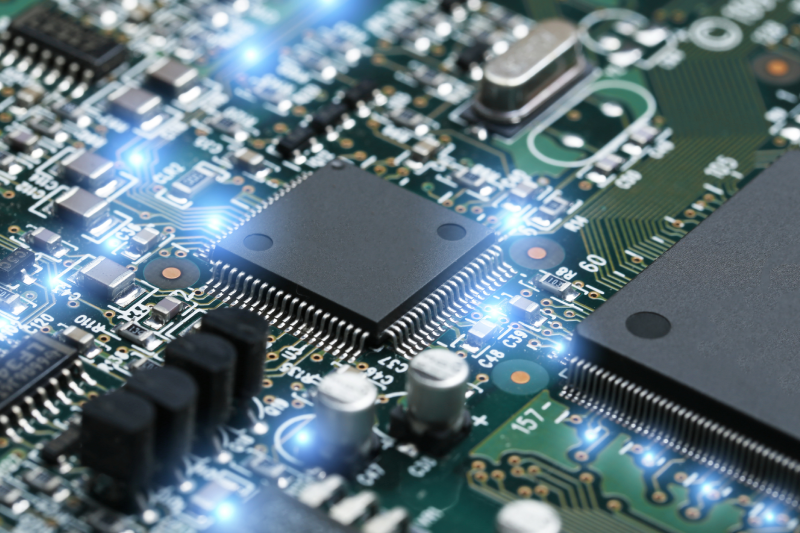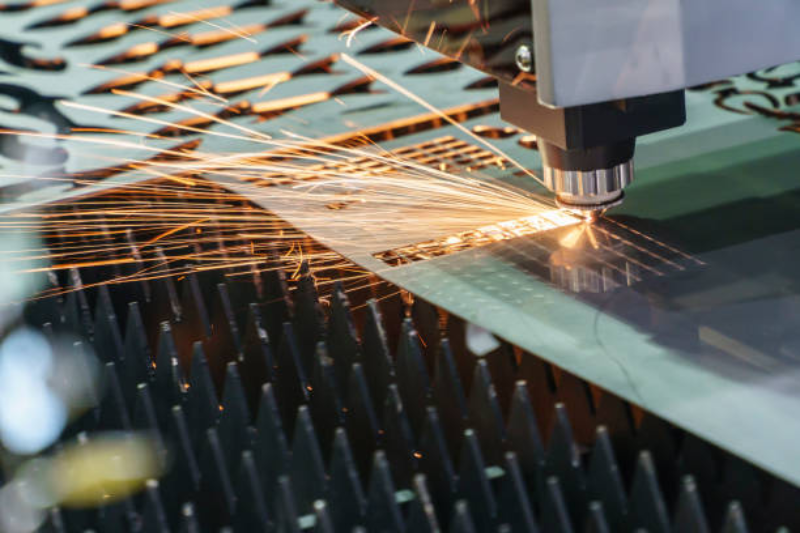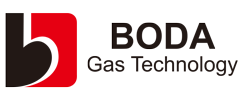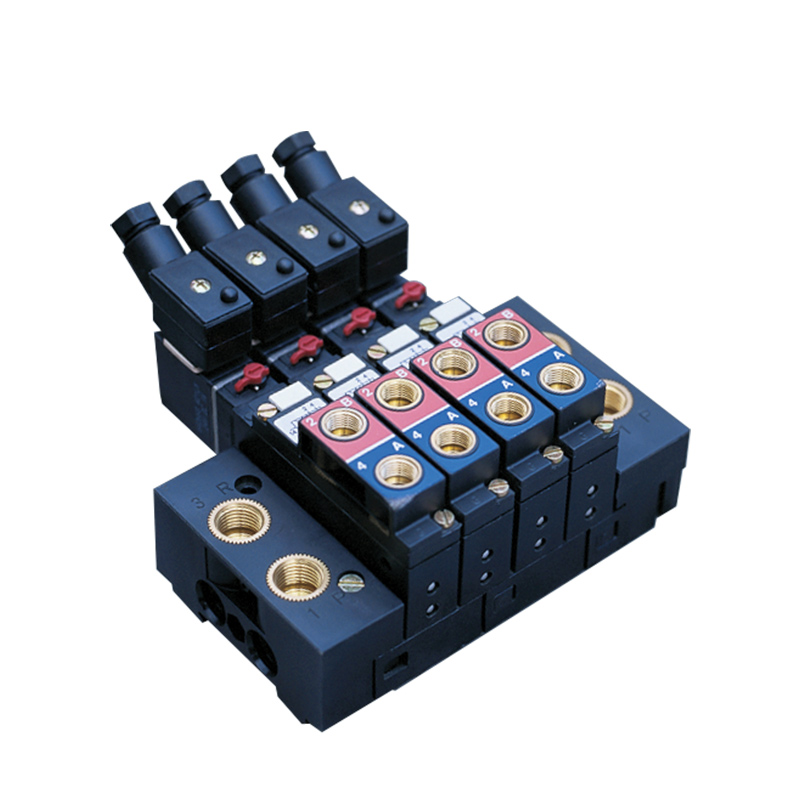High-purity nitrogen has become essential for many industries, including food and beverage, medical, chemical, and electronics manufacturing. However, purchasing a nitrogen generator can raise concerns about initial investment costs and energy consumption. Yet, nitrogen is indispensable for production processes. Relying on bottled nitrogen, liquid nitrogen, or rental services leads to inefficiencies and limited availability. Choosing the suitable nitrogen generator model can prevent over-investment while ensuring a steady nitrogen supply.
The cost of a nitrogen generator can range from a few thousand to over $100,000, depending on factors like capacity, purity, flow rate, and pressure requirements.
Nitrogen Generator Price: What You Need to Know Before Making a Purchase
Understanding the nitrogen generator price is crucial for businesses looking to enhance efficiency and reduce long-term operational costs. The initial investment may seem high, but the long-term savings from on-site nitrogen production can be substantial. This guide will help you determine the factors influencing nitrogen generator costs and how to make an informed purchasing decision.
Factors Affecting Nitrogen Generator Costs
The price of a nitrogen generator depends on several critical factors:
1. Type of Nitrogen Generator
There are three main types of nitrogen generators: PSA (Pressure Swing Adsorption), membrane nitrogen generators, and bottled nitrogen gas. PSA generators produce higher purity nitrogen (up to 99.999%) and are more suitable for industries requiring ultra-pure nitrogen. Membrane nitrogen generators are cost-effective but have lower purity levels (up to 99.9%). The choice between these technologies significantly impacts cost.
2. Nitrogen Purity Requirements
The required nitrogen purity directly affects the price. Industrial applications like electronics manufacturing demand high-purity nitrogen, which requires advanced filtration systems and increased CMS amount. Lower purity requirements, such as in tire inflation or fire suppression, result in lower generator prices.
3. Nitrogen Flow Rate and Capacity
Nitrogen generators are available in various flow rates, typically measured in Nm³/h (normal cubic meters per hour). Small-scale applications may only need a few compressed air, while large industrial facilities may require up to 3000 Nm³/h. Higher capacity units cost more due to their advanced engineering and larger components.
4. Initial Investment vs. Long-Term Savings
While nitrogen generator prices may seem high initially, they offer significant savings over time. Businesses relying on bottled nitrogen or liquid nitrogen deliveries incur recurring costs, transportation fees, and rental charges. In contrast, on-site nitrogen generation eliminates these expenses, leading to a return on investment (ROI) within a few years.
5. Installation and Maintenance Costs
Installation costs depend on the generator’s complexity and whether it requires additional infrastructure, such as compressors, dryers, and filtration systems. Routine maintenance costs vary by model and manufacturer but are generally lower for well-designed systems. Some units feature automated diagnostics and self-cleaning functions, reducing maintenance expenses.


What is the Payback or ROI for a Nitrogen Generator System?
ROI depends on current nitrogen consumption, cost per unit of bottled or liquid nitrogen, and operational efficiency. Businesses transitioning from bottled nitrogen to on-site generation often see a payback period between one and three years, thanks to reduced nitrogen gas price fluctuations and lower operational costs.
How Much Does It Cost to Generate Nitrogen On-Site?
Generating nitrogen on-site is significantly cheaper than purchasing bottled nitrogen. Costs include electricity consumption, routine maintenance, and occasional part replacements. On average, businesses can reduce nitrogen expenses by 50% to 80% by switching to on-site generation.
Conclusion
Smaller nitrogen generators start at a few thousand dollars, while high-capacity models with advanced features can cost tens of thousands or more. The final price depends on purity, flow rate, and additional features required.




